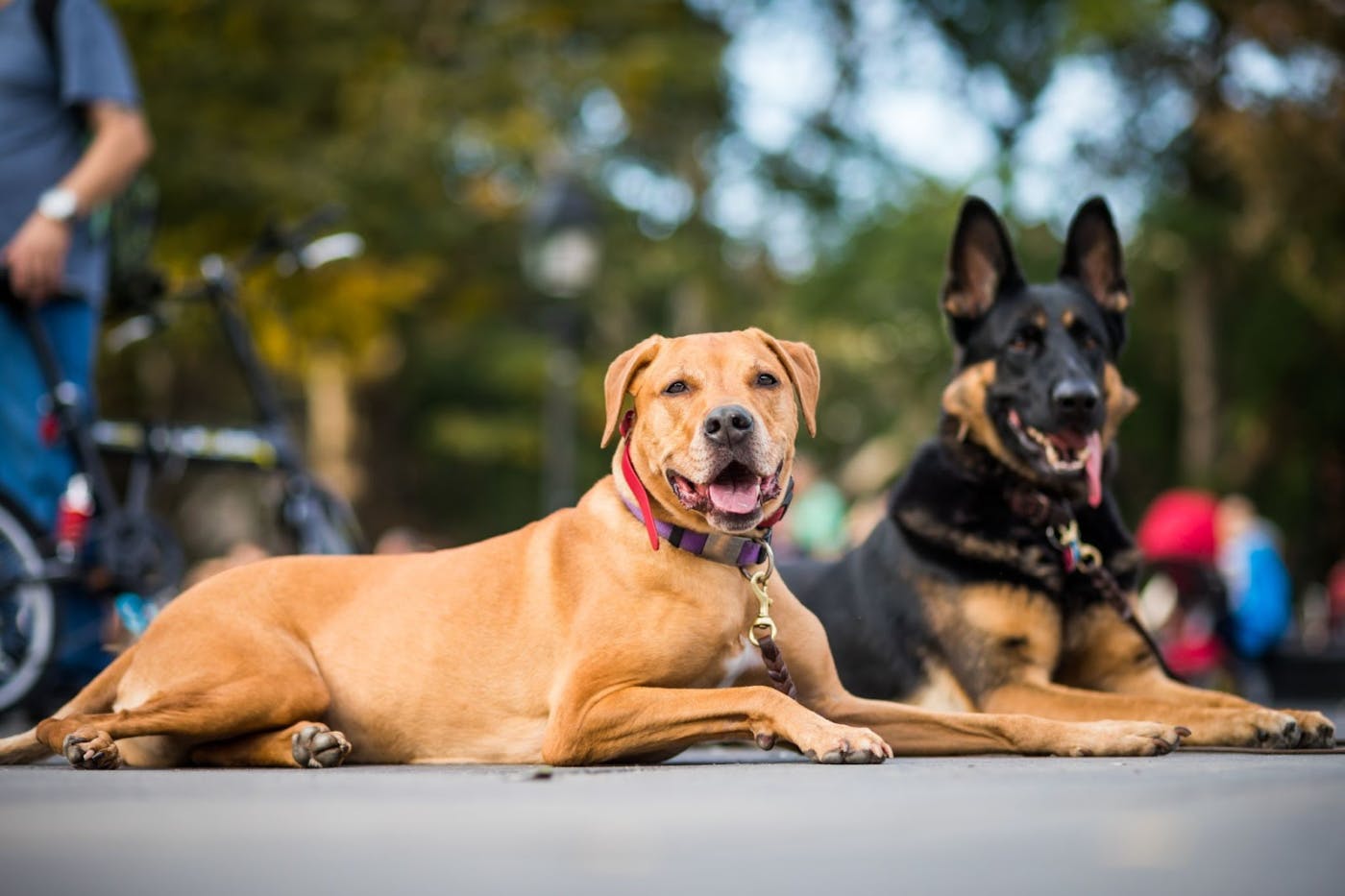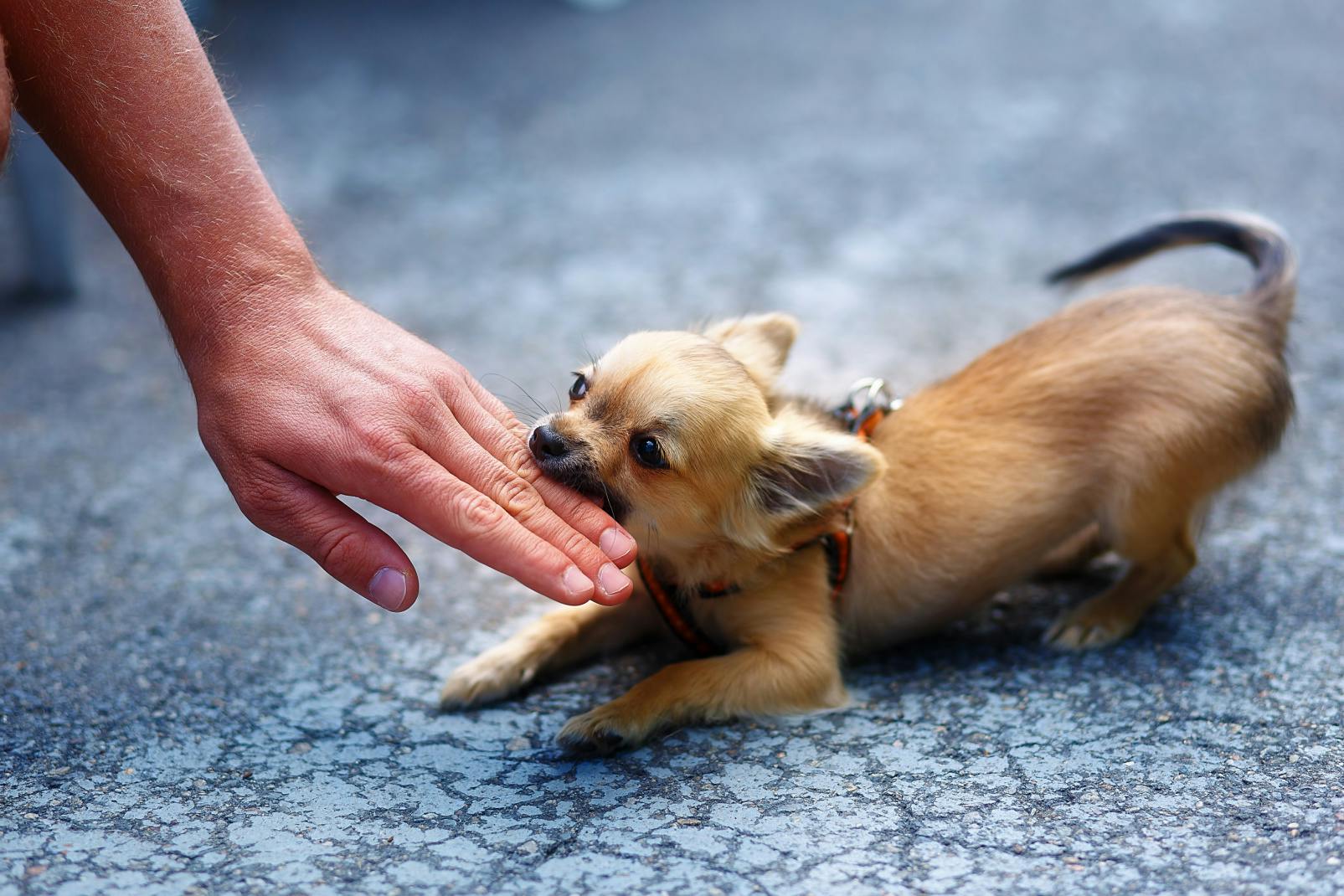How to Prevent Dog Bites
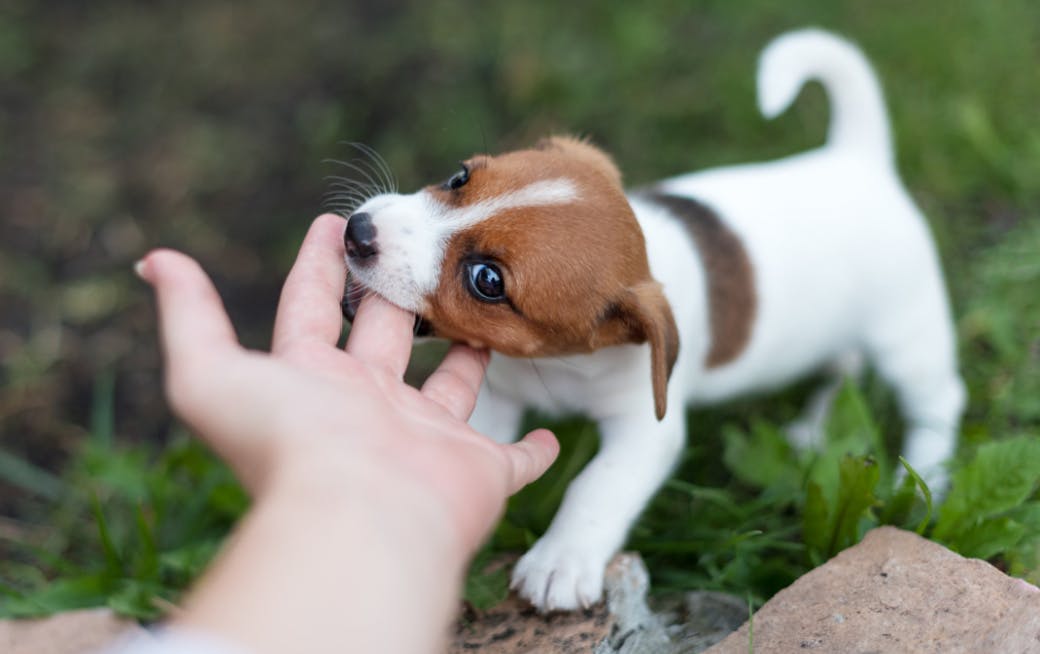
Every year, more than 4.5 million Americans are bitten by dogs. Most dog bites are preventable, however. By taking the proper precautions, you can protect yourself and others—especially your children—from the dangers of dog bites.
Here are some steps you should take to prevent a bite.
1. Understand Why Dogs Bite
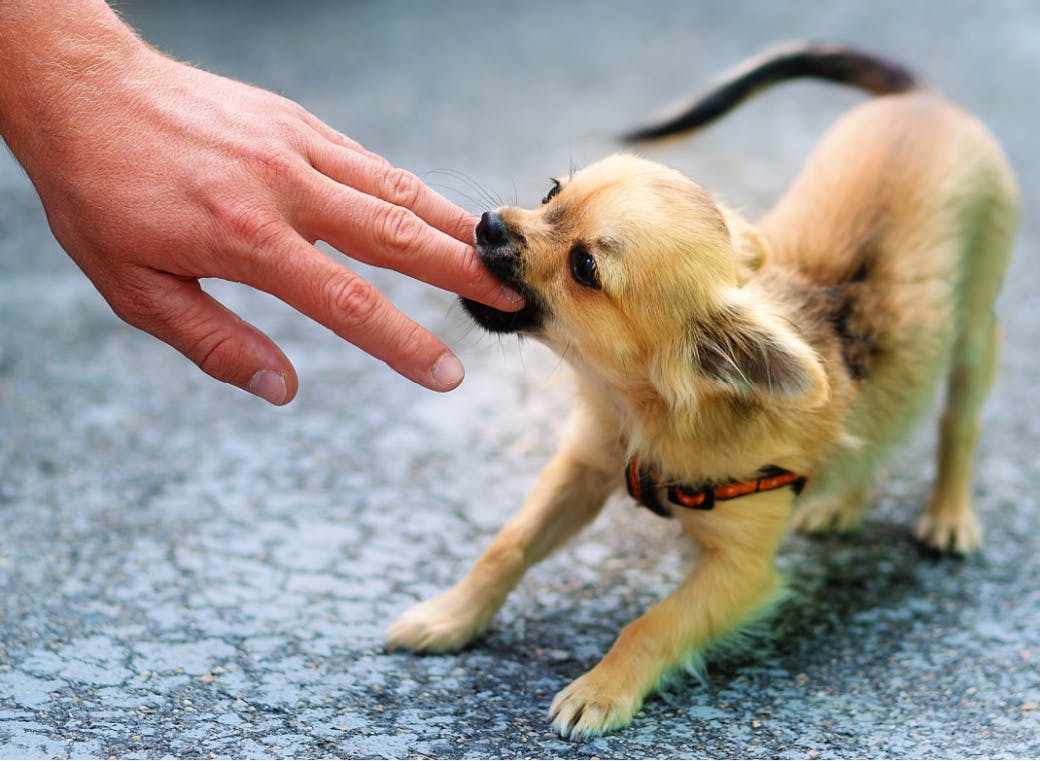
Dogs bite for a variety of reasons. Most commonly, they feel threatened or provoked in some way. This may mean that it feels personally unsafe or that it thinks it needs to protect its territory, possessions, or pack.
Alternatively, it could simply be sick, sore, or tired, making it irritable and more prone to aggression.
Dogs may also nip or bite during play. This might seem fun and harmless to them, but it could still hurt the victim, especially children.
2. Avoid Provoking or Frightening the Dog

There are certain situations in which a dog is most likely to attack. Understanding how to interact with (or avoid) a dog is key to preventing a bite.
First off, don’t engage a dog you aren’t familiar with unless it’s with its owner—and even then, make sure to ask for permission before petting or playing with it..
Never approach a dog that’s tied up or behind a fence, either. This is a surefire way to “invade its territory,” and some dogs may be fenced in or leashed because they’ve exhibited aggressive behavior in the past.
Beyond this, try to steer clear of dogs that are:
- Sick
- Injured
- Sleeping
- Eating
- Playing with a toy
- Barking or growling
- Caring for puppies
- Hiding
In any of these cases, getting too close might make the dog feel threatened.
Certain behaviors are also more likely to provoke a dog. To avoid this, never:
- Tease or annoy a dog
- Surprise or startle it
- Roughhouse or wrestle with it
- Try to hug it
- Corner or trap it
- Get too close to its face
- Make prolonged eye contact
- Move between the dog and its owner
- Approach it from behind
- Chase it
- Make sudden movements or loud noises
Always err on the side of caution. When a dog feels provoked in some way, its defensive or dominant instincts may kick in, even if it’s an otherwise friendly animal. It doesn’t ultimately matter whether you provoke them intentionally or by accident, either—the bite will hurt just as much either way.
3. Watch for the Warning Signs

By reading a dog’s body language, you can tell when it may be in a dangerous state of mind. The dog may be feeling aggressive or defensive, and either could lead to a bite if you don’t recognize the warning signs.
A dog may be exhibiting signs of aggression if it is:
- Growling, snarling, or barking
- Wrinkling its muzzle
- Baring its teeth
- Standing in an unusually stiff, straight-legged stance
- Raising its fur and ears
- Holding its tail high
- Staring at you intently
- Charging at you
And signs that a dog is anxious or scared include:
- Tucking its tail between its legs
- Holding its head low
- Shrinking low to the ground
- Repeatedly licking its lips
- Flattening its ears back and “yawning”
- Looking away and avoiding eye contact
- Being unnaturally still or unresponsive
- Trembling
- Flashing the whites of its eyes
- Running or walking away from you
In some cases, a dog may display behavior from both of these lists.
4. Know How to React to an Aggressive Dog
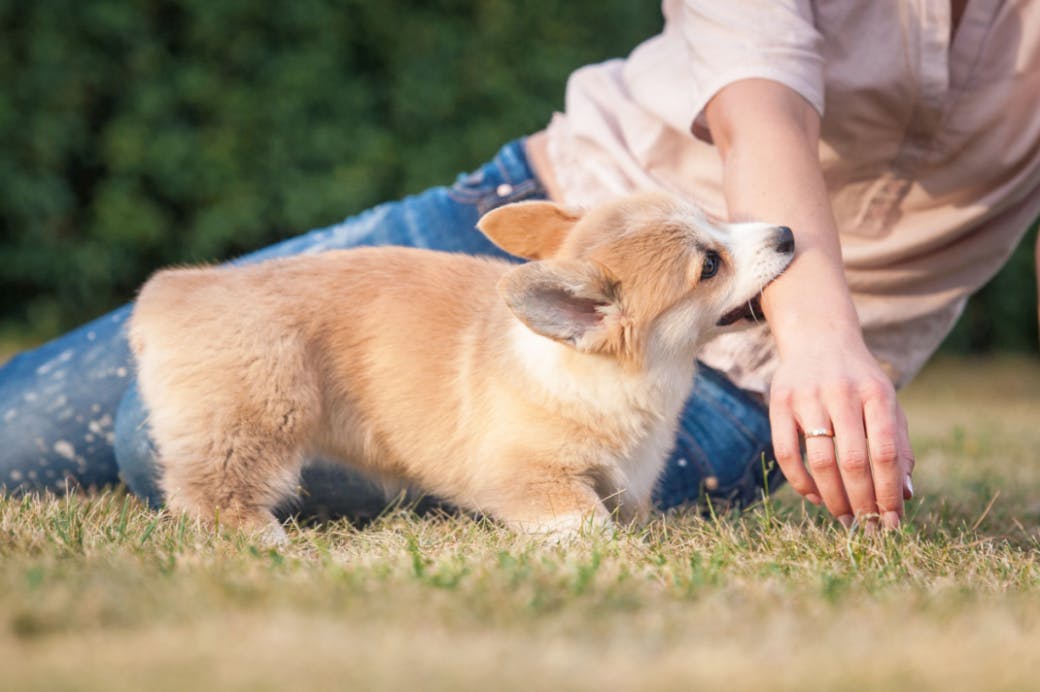
If a dog is showing any signs of aggression toward you, you should never:
- Scream or yell
- Make sudden movements
- Turn your back on the dog or let it get behind you
- Run away
- Make eye contact
- Throw something
- Hit, kick, or otherwise attack it
All of these are likely to make the situation worse.
Instead, remain calm, stand perfectly still, and stay quiet. Avoid eye contact, and let it sniff you if it tries. Most likely, the dog will lose interest and walk away.
If the dog charges anyway, “feed” it anything you have, like a jacket, bag, bicycle, or notebook—anything it can chew on instead of you.
If the dog is determined to bite, try to make it bite your left arm—or right arm if you’re left-handed. Try not to jerk your arm back, as this will only make the injury worse. Now more than ever, you want to remain calm.
If you manage to get loose, square off, face the dog, and say in a firm voice, “No!” If possible, you can try to push the dog on its side and kneel on its chest.
And if all else fails, and the dog continues to attack, drop to the ground, curl into the fetal position, interlock your fingers behind your neck. Don’t fight back or struggle, and remain in this position until the dog is at least 20 feet away. Then, stand up and back slowly away. (This should generally be the first response if a child is attacked.)
After being bitten by a dog, you should wash and rinse all bite injuries right away. If the injury is serious enough, call 911 to report the bite and seek medical attention immediately.
Do You Need an Experienced Minnesota Dog Bite Attorney?
By following these tips, you can avoid a dog bite injury or at least minimize the damage done. However, no matter how careful you are, bites can still happen.
If you or a loved one has been injured by a dog, Minnesota law may entitle you to compensation—and we can help you get it.
At SiebenCarey, we’ve spent decades helping injury victims receive the compensation they need. Just contact us, and we’ll evaluate your case, explain your rights to you, and make sure you get every dollar you’re owed.


